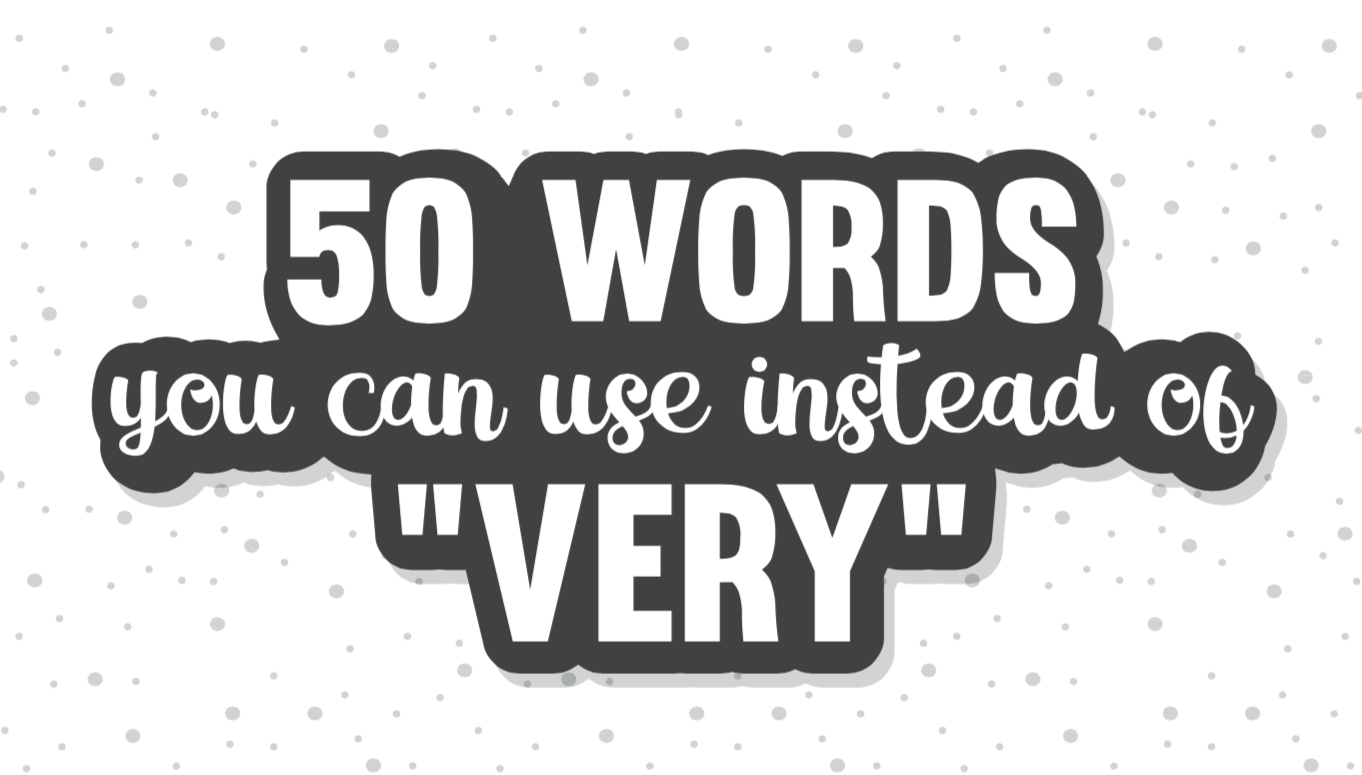Learning a language can feel like a daunting task and a seemingly impossible achievement. Teaching a language, however, can seem even more intimidating. You are probably reading this because you are wondering what are the qualities of a good language teacher? Most teachers will know that fluency in a language (while definitely important) is not enough to be an effective teacher. Teachers are unsung heroes, and like any great hero, they have amazing qualities that influence all of our learning journeys.
We all have at least one teacher that we remember fondly. At least one that made a great impact on shaping our learning. Language teachers especially are extraordinary individuals. They face an incredible challenge teaching the intricacies of a first, second, or even a third language. So what stands out most about our most memorable teachers who helped us learn our first or second language without giving up on us? There is a very long list that makes this profession a calling.
Here are some of the qualities and characteristics that make a good language teacher.
1. COMPETENCE AND PATIENCE
The requirement of any teacher is to know his or her subject well. However, in most cases, it is vital to remember that, as a teacher, you are guiding a learner to new knowledge and helping them discover the subject you are teaching. Doing is learning.
This is especially important in language teaching as many students may enter the course as complete beginners, false beginners, or have little knowledge of the language but lack confidence. As a teacher, recognizing what the learner knows and doesn’t know is paramount. The learning doesn’t always happen quickly. Give it space and time to happen. Patience with the learning process is one of the greatest qualities of a good teacher. Patience inspires confidence in the learner. Vulnerability is a hindrance to the learner. Having patience gives the learner the courage to learn.
2. PERSONALIZED LEARNING ENVIRONMENT
Every individual learns differently. Changing the classroom environment in a manner to customize learning can be extremely beneficial to students and lead to increased motivation. Language learning can be a taxing task in itself – imagine trying to learn when the activities used to learn are not exciting or not personalized. Connecting with your students to figure out what manner of learning – whether it is visual, audio, or even kinesthetic – works best for them will undoubtedly help.
3. hopefulness
The best way to accomplish this is to remain hopeful and encouraging yourself. Your level of hopefulness is contagious and inspires students to learn and believe that they can pick up the language. In addition to using appreciative or constructive cues in the classroom (“Nice job!”; “Great point, can you further clarify?”; “Stick with it!”; “You’ll get it!”; “You learned that fast!”; “Well said!”), effective language teachers are sensitive to the learners’ discouragement and readily appease and validate learners’ feelings.
A learner noticing your hopefulness is crucial as it propels further learning, even when they feel demotivated themselves.
4. Be passionate and generate passion
You are obviously passionate about learning the language and communicating in it – it is important however that you bring this passion in full force when teaching it as well. If classes are drab and uninspiring they leave students in the same state. Sparking an interest in the language is imperative and this can be done by understanding motivations for learning the language in the first place or even communicating the benefits of learning the language. Every language or culture is super exciting. Highlight this!
5. CONNECT
The division between your knowledge of the language and your teaching skills is the ability to connect and form relationships with your students. Many of our least memorable teachers are usually those with whom we had no personal connection or not felt understood or appreciated by them.
As a good language teacher, your job is to put aside the specialized language and learn to explain key language concepts, patterns, and ideas in ways that students can relate to, enjoy, and apply in real-life situations. You can try using apps/websites that have learner-friendly activities that connect personally. It’s important to take the time to understand why a student wants to learn the language and try to cater to that purpose.
 6. MISTAKES = LEARNING HAPPENING
6. MISTAKES = LEARNING HAPPENING
Studies have shown that stimulating student participation directly leads to more successful language acquisition. Passive, quiet students most likely aren’t learning as much as those who participate actively and regularly. However, a more reserved student need not be a cause for concern – implementing a more collaborative approach of asking, understanding, and encouraging can be enough. Again, the importance of being relatable cannot be stressed enough, as students will participate more when they feel respected by you, and that it’s safe to make mistakes. They will quickly realize that they learn the most from their own mistakes.
7. LANGUAGE LEARNERS’ DEVELOPMENT STAGES
Language learning environments are unique in that different learning stages will look very different from one another. Younger students, for example, will need more visual tools and playful activities rather than written ones. Language learning is challenging and can result in a lot of frustration during certain frustrating stages. Understanding the language development stages of your learners, therefore, offers you a better idea to customize teaching to suit the individual needs effectively.
8. EXPLORE DIFFERENT TEACHING METHODS
With technology permeating all aspects of life and the incorporation of eLearning in classrooms (blended classrooms) methods of language teaching have changed considerably. As an effective teacher, including the use of technology in your lesson plans, is invaluable to create an enhanced, more relatable, and a multimedia classroom.

9. TEACHER TRAINING AND DEVELOPMENT
To be the best teacher you can, you also need to be a learner. One cannot stress enough the importance of teachers continuously improving their own teaching and language abilities. Ways to do so include analyzing one’s own practices, learning from peers, staying current with the latest teaching methodologies. Teachers ultimately also remain lifelong students, and effective tutors share what they are learning as well as show what it looks like to be a learner.
10. Hold students accountable
Finally, it is essential to remember that everyone can learn anything. It is innate in all of us. The teacher’s responsibility is to find all the ways to facilitate that learning. Also, a good teacher would make sure that all learners take responsibility for their learning right from the start.
A learner can only learn so much through teaching. Bringing a positive attitude and having the motivation to learn themselves is just as crucial to their learning process.
Did you know that we can certify you to teach English as a foreign language? Check out our 120 hour TEFL course online and become a language teacher today!
Other Related Articles:
5 Countries In High Demand of English Teachers
14 Roles and Responsibilities of a Teacher
Andrie Steliou
Latest posts by Andrie Steliou (see all)
- 8 Ways to Help Keep Your Child Focused and Engaged in Online Learning - October 19, 2022
- How to Improve Social Intelligence Skills? - May 10, 2022
- How to Improve Organizational Skills at Workplace? - May 6, 2022




